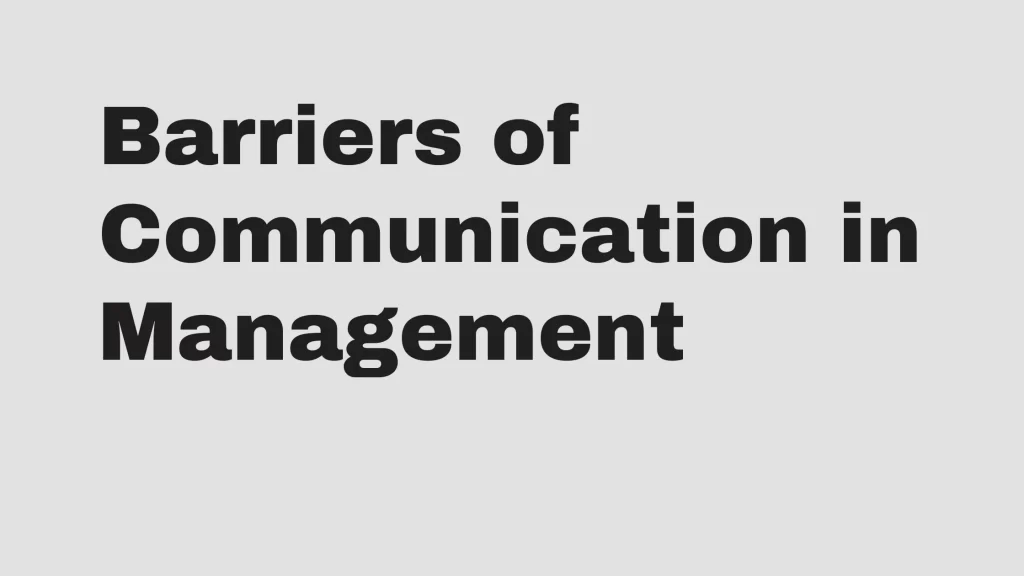Society and religion, two powerful forces, often intertwine in ways that shape our interactions, decisions, and perceptions. When they converge, they can create socio-religious barriers that influence everything from personal relationships to broader community dynamics.
Contents
The Interplay of Society and Religion
Origins of Socio-religious Barriers: Every society has its unique blend of customs, traditions, and beliefs. When societal norms merge with religious teachings, they form a potent mix that can both unite and divide communities.
- Example: In some cultures, religious teachings dictate that marriages should only occur within the same faith. This can lead to societal pressure against interfaith relationships.
The Power of Tradition: Traditions are passed down through generations, often becoming so ingrained that they’re seen as unchangeable truths rather than cultural practices.
- Example: Certain societies might have gender roles deeply rooted in religious interpretations, leading to restrictions on women’s rights and freedoms.
Challenges Posed by Socio-religious Barriers
Misunderstandings and Conflicts: When individuals from different socio-religious backgrounds interact, misunderstandings can arise, leading to conflicts.
- Example: Dietary restrictions based on religious beliefs might be misunderstood in a multicultural setting, leading to unintentional offense.
Limitations on Personal Freedoms: Socio-religious norms can sometimes restrict personal choices, from career paths to life partners.
- Example: A person might be discouraged from pursuing a particular profession because it’s deemed inappropriate for their gender or religious background.
Overcoming Socio-religious Barriers
Education and Awareness: Knowledge is a powerful tool. By educating ourselves about various socio-religious practices, we can foster understanding and respect.
- Tip: Engage in interfaith dialogues or attend cultural exchange programs.
Open-mindedness: Approaching differences with an open mind can pave the way for acceptance and unity.
- Tip: Instead of judging based on preconceived notions, ask questions and seek to understand the reasons behind certain practices.
Building Bridges: Creating spaces where people from different backgrounds can share their experiences helps in breaking down barriers.
- Tip: Organize community events that celebrate diversity and promote inclusivity.
Conclusion
Socio-religious barriers in Communication, while deeply rooted in our societies, aren’t insurmountable. With a blend of education, open-mindedness, and proactive bridge-building, we can navigate these barriers and foster a world where differences are celebrated rather than feared. As we move forward, let’s remember that the beauty of humanity lies in its diversity, and it’s up to us to ensure that this diversity is a source of strength, not division.
Boko Ducky has over 10 years of experience in helping individuals and organizations improve their communication skills.



